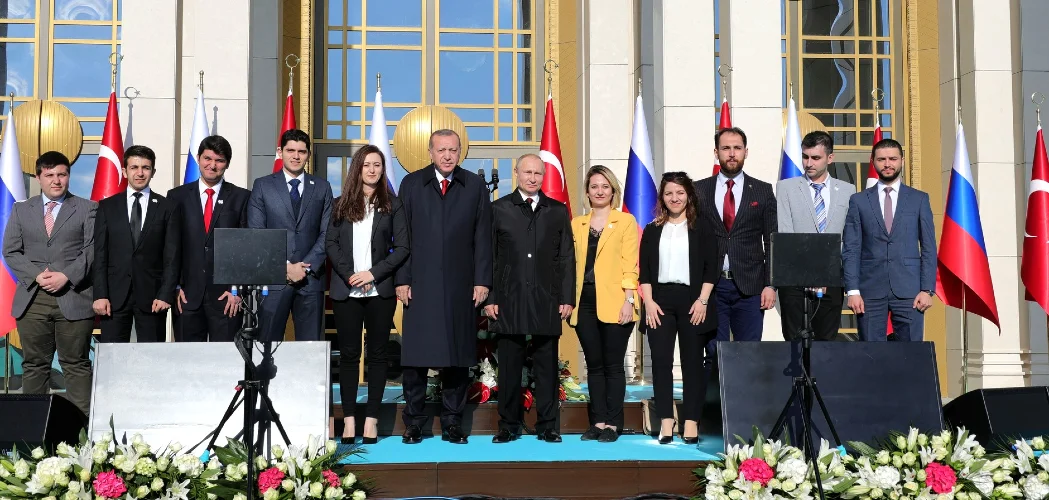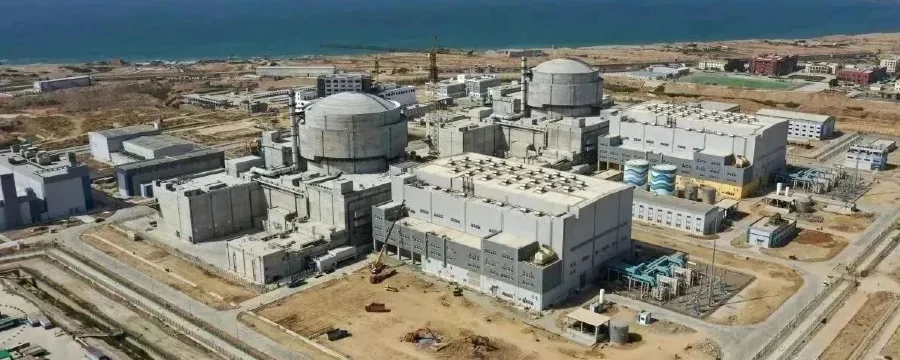China and Russia are now commanding nearly 70% of nuclear reactors either under construction or in the planning stages globally. This significant statistic marks a pivotal, and concerning, shift as traditional nuclear powerhouses like the U.S., Japan, and European nations grapple with industry stagnation, increasing popularity of less efficient so-called green energy technologies and a lingering aftermath of the 2011 Fukushima disaster.
In short, the geopolitical landscape of nuclear power has shifts dramatically in favor of totalitarian dictatorships, and that’s a problem.
The Eastern Surge in Nuclear Development
According to the latest data from the Japan Electric Power Information Center, there are currently 110 third-generation nuclear reactors known for their enhanced safety measures post-Chernobyl, either under construction or being planned worldwide.
China is leading this pack with 46 projects, followed closely by Russia with 30, combined they account a staggering 69% of the total.
Russia’s Strategic Nuclear Diplomacy

Russia, not merely focusing on domestic expansion, is extending its nuclear expertise across borders with 19 of the reactors under construction situated overseas. Despite facing opposition from Europe and the U.S. after its Ukraine invasion, Russia’s influence in the nuclear sector remains robust.
In a significant development earlier this year, Russian President Vladimir Putin remotely attended a ceremony marking the first fuel arrival at Turkey’s Akkuyu plant, signaling deep bilateral ties. “Many developing countries take a positive view of Russia,” noted Kacper Szulecki from the Norwegian Institute of International Affairs, as cited by Nature Energy. He further highlighted Russia’s policy of accepting spent nuclear fuel, enhancing its attractiveness to emerging nations.
Further cementing its global stance, Rosatom, the Russian state-owned company, initiated major works at Egypt’s Dabaa nuclear plant and discussed new projects with Hungary’s Prime Minister Viktor Orban, illustrating a clear defiance against EU sanctions.
China’s Expanding Nuclear Footprint
At the same time, China is making huge inroads, particularly in Pakistan, where the Nuclear Regulatory Authority recently green-lighted the operation of Karachi’s Unit 3 reactor, the Hualong One. A design homegrown by China but based on stolen Western technology, Hualong One symbolizes China’s deepening roots in Pakistan, where the communist nation is providing both financial and technical assistance.

Not stopping there, China is set to start a nuclear project in Argentina, a move that has seen resistance from the U.S. Yet, Argentine President Alberto Fernandez remains undeterred, dismissing concerns over potential geopolitical threats.
Yuji Kuroda of the Japan Electric Power Information Center warns that if China and Russia continue to bolster their dominance in nuclear technology, their sway in international politics will only strengthen. After all, this is how modern day global empires are built.
The Western Response: Betting on SMRs
In a bid to regain footing, the U.S., Japan, and Europe are pivoting towards Small Modular Reactors (SMRs), a newer, fourth-generation technology that offers safer and smaller-scale nuclear solutions. Companies like Hitachi-GE Nuclear Energy and NuScale Power in the U.S. are at the forefront of this innovation, with NuScale planning to operationalize SMRs in Romania soon, backed by U.S. governmental support.
“The U.S. government is helping to advance the development of this groundbreaking American technology,” affirmed U.S. President Joe Biden.
Additionally, Japan, despite previous setbacks, is pushing forward with eight new reactors, including one in Aomori Prefecture, signaling a strategic pivot back to nuclear to address energy shortages.
Challenges Ahead
However, the resurgence in nuclear technology in the West faces hurdles, primarily due to weakened supply chains and a significant reduction in nuclear exports over the past decade. The retirement of skilled engineers and limited uranium enrichment facilities, with Russia leading in this critical aspect, poses further challenges.
More To Discover
In response, a strategic alliance formed by the U.S., U.K., France, Canada, and Japan aims to reduce reliance on Russian nuclear fuel, although the feasibility of this remains uncertain.
As the global nuclear power dynamics continue to evolve, the shifts underscore not only the technological and economic aspects, but also the deep geopolitical undercurrents shaping the future of global energy security.





















